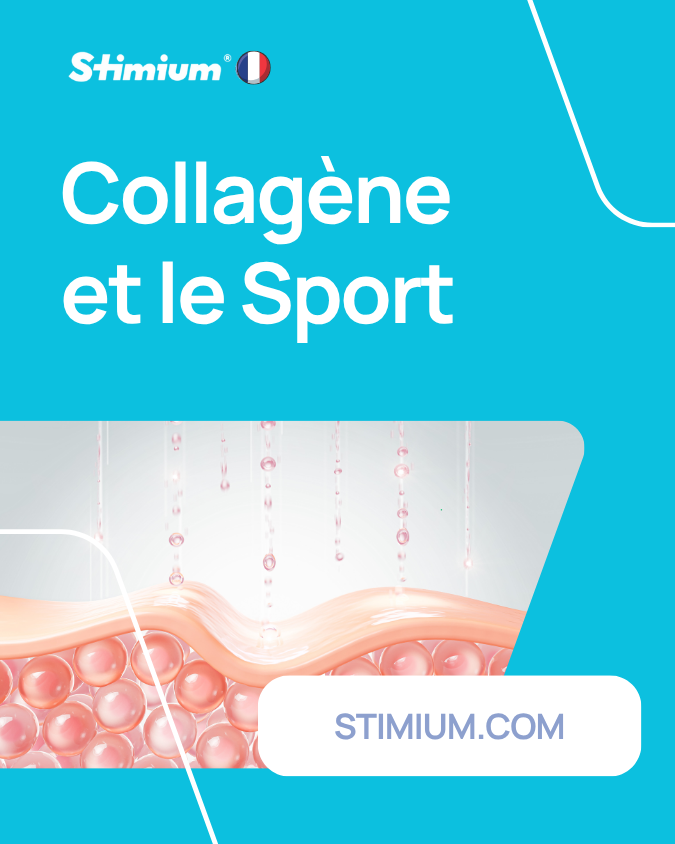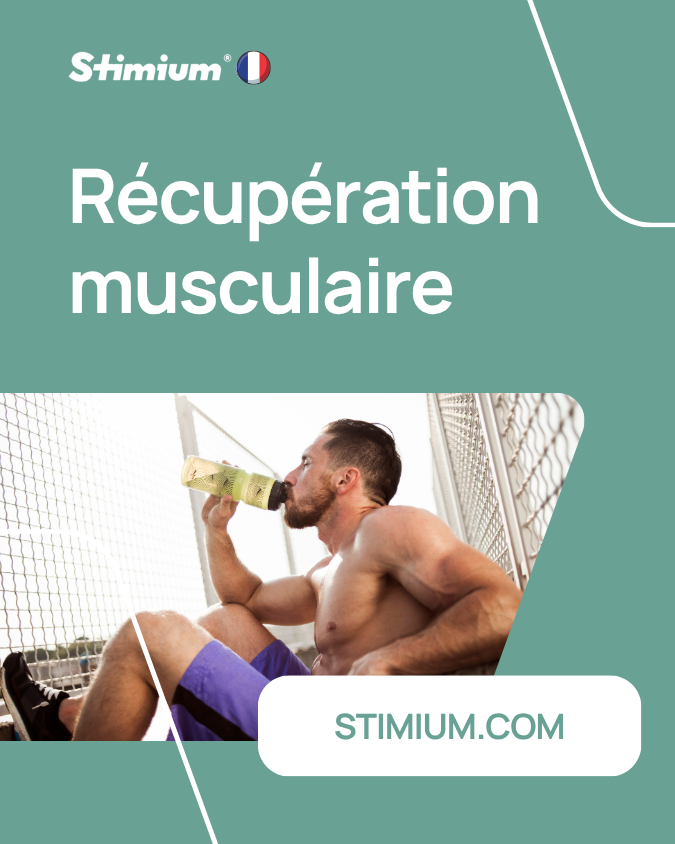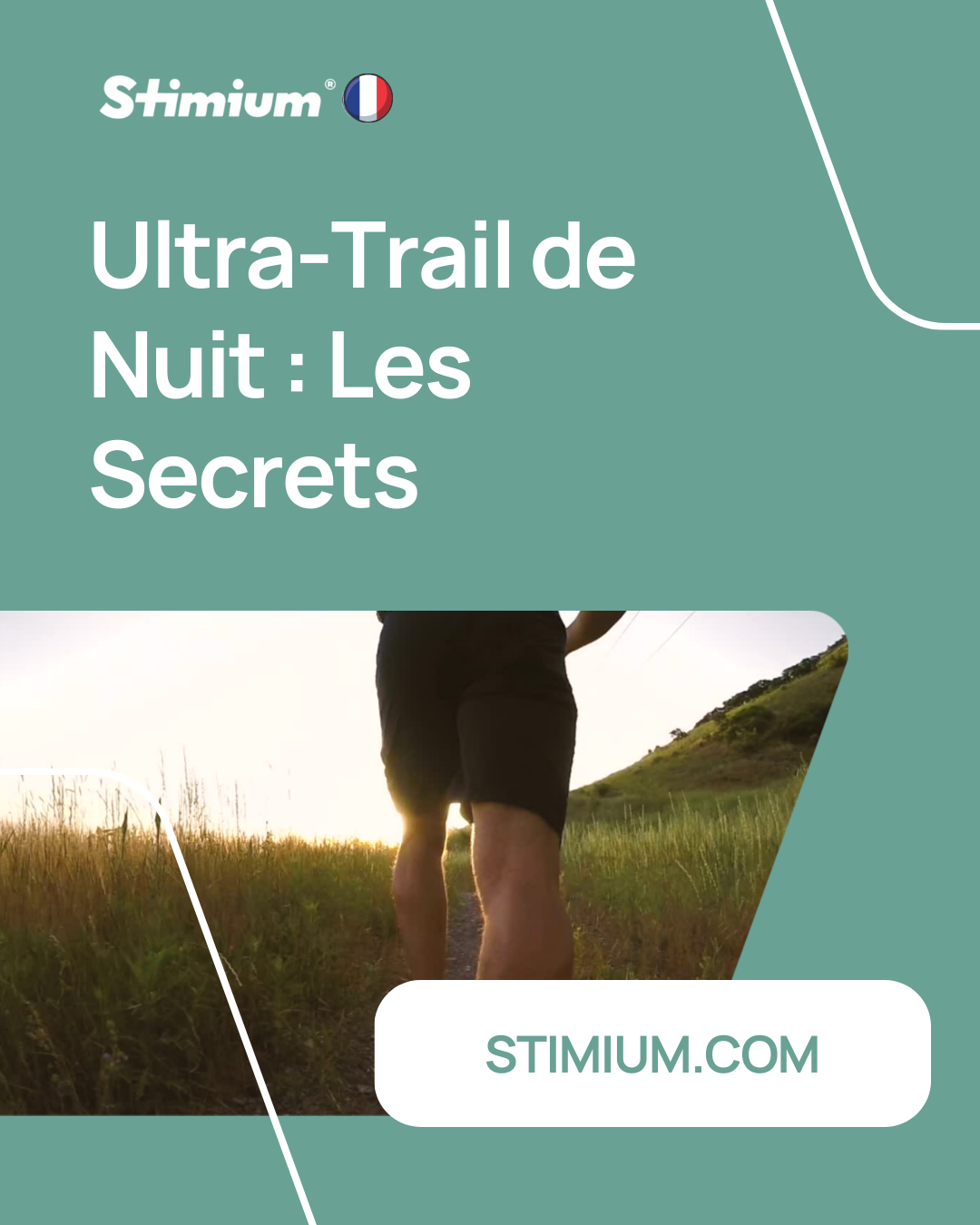Massages, essential for recovery?
Massage is a very widespread practice among many athletes – high level or not. It is presented as a complement to physical preparation.
Sports massage: a must for athletes?
And if sports massage does indeed allow you to feel a sensation of well-being, it is essential to differentiate it from a so-called well-being massage. Only a massage therapist or physiotherapist has the qualities required to carry out manipulations specific to the athlete's recovery. These practitioners are particularly trained to recognize muscular tension and stiffness through palpation of the muscles and to work on relaxing these areas in question. In order to work the athletes' muscles as best as possible, these practitioners use different and very diverse techniques: sliding pressures, kneading, crushing or even heeling and elongation percussion frictions, for example. A sports massage is tailor-made and takes into account the athlete's discipline, their training schedule and the time when it is carried out. It then appears difficult to establish a classification of the different types of massages, as explained by Vincent Jacquet, sports physiotherapist at the Pôle Kiné Chenel (Franconville) . “What differentiates one massage from another is the muscular tissue in which we are interested. The intensity of the massage also comes into play.”
Sports massage: a key to sports practice?
For a sports massage to be truly effective, a few simple rules must be followed. You should know that, if the time at which it is carried out and the frequency are specific to the needs of each person, “there will be periods more strategic than others” continues Vincent Jacquet. Before a session, manipulating the muscles will help prepare them for exercise by heating them and boosting circulation 1 . “And even if the massage proves useful before a session, it is really after the effort or by integrating it into your physical preparation plan that it takes on its full importance,” specifies the practitioner. The objective is to reset the counters to zero in order to be able to resume training in the best conditions. And this is the reason why there are few contraindications to daily massages – to be avoided in the event of an injury – and why many athletes can no longer do without them. This is particularly the case for cyclists during the Tour de France. For so-called regular athletes, integrating one session per week is suitable. And, without being able to go to the physiotherapist or masseur, a growing number of people are using self-massage tools. The foam roller – this small roller with or without nubs – is an example of this. Tools which prove particularly interesting if they are used in addition to traditional physiotherapy sessions. But as with the latter, it is important to respect a few rules in order to get the maximum benefit from them. The physiotherapist explains to us: “it is important to allow a period of rest before massaging and being cold. You then have time to go home, take a shower and eat something. But massaging yourself deeply before exercise will create such an intense muscle relaxation effect that you will lose explosiveness.”
Effects not scientifically proven
No scientific study to date proves that massage actually allows recovery. However, certain effects – such as improving blood circulation 1 – are proven without really understanding the exact mechanisms of action. “Massage in athlete recovery is something that is acquired, both by the practitioner and the athlete. And it's something that is so anchored in people's minds that, if we don't put our hands on an athlete, they won't feel well and will have concerns,” explains Vincent Jacquet.
During the recovery period, Stimium® Mc3 or Stimium® Mc3 powder are widely used by athletes and recommended by club doctors and nutritionists to reduce the risk of cramps, and to combat muscle fatigue, linked to the match, but also to stress. from competition, to travel, whether or not you plan a massage to facilitate the regeneration of your body.
Stimium® Rgn3 Reload or Stimium® Rgn3 Clean-Up to restock with vitamins and minerals after exercise are also in high demand by clubs, particularly for recovery which often begins on the buses, trains or planes that take them home afterward. travel. The competitions are just a series of key moments, and there is generally a fairly recurring ritual for all the clubs with which Stimium collaborates. After the match, a stick of MC3 , then an ice bath (again often...in trash cans transformed into ice trays, for 3 to 5 minutes), then massage if timing allows, then return by transport with recovery with RGN3 Reload is actually part of the recovery routine. Certain clubs and athletes, finally in basketball, have opted for our Mix Stimium® Iso Carb , initially developed for a top European football club and leader of Ligue 1 but which also lends itself very well to all sports with a large energy expenditure , to replenish these glycogen and protein sources.
Stimium® Iso Carb , after the marathon to replenish these glycogen and protein sources.
Furthermore, Stimium® Joint Flex as a treatment to avoid joint problems, during your biggest training sessions, to prevent any joint or cartilage problems, is also very relevant pre or post massage.
Finally, there are other products from the Stimium range that are very complementary to this period of recovery and care:
- taking proteins, in particular Stimium® [C] Whey , Stimium® Iso Hwy or Stimium® VegPro in addition to lasting protein intake during the training phase, will allow faster recovery.
- Stimium® Mc3 powder will reduce the risk of cramps, thanks to its formula Citrulline Malate + L Citrulline + Maltodextrin, facilitating recovery work (and therefore possible muscle tension present during a post-exercise massage).
- Stimium BCAA Instant will also facilitate, thanks to its L-leucine L-isoleucine L-valine complex, associated with L-Glutamine, muscle recovery
- Stimium OMG , with its dosage of Omega 3 at 1000mg, goes beyond the effect on cardiovascular health, allowing the reduction of joint discomfort and the improvement of the quality of the skin, essential signals for the achievement of a quality massage.
- Stimium SPIRU , Stimium spirulina with highly bioavailable vitamins and minerals to improve recovery.
And of course Stimium Gingko , which helps improve circulation by avoiding heavy leg syndromes, which are one of the reasons why we generally turn to a recovery massage.
In any case, practicing sports does not stop at the event itself. With or without massage, it is essential to listen to your body and offer it recovery periods.
Thanks to Vincent Jacquet, sports physiotherapist at Pôle Kiné Chenel , in Franconville.
1 Massage therapy improves circulation, alleviates muscle soreness | 2014, University of Illinois at Chicago | https://www.sciencedaily.com/releases/2014/04/140416125434.htm
Reduces muscle fatigue and relieves cramps








